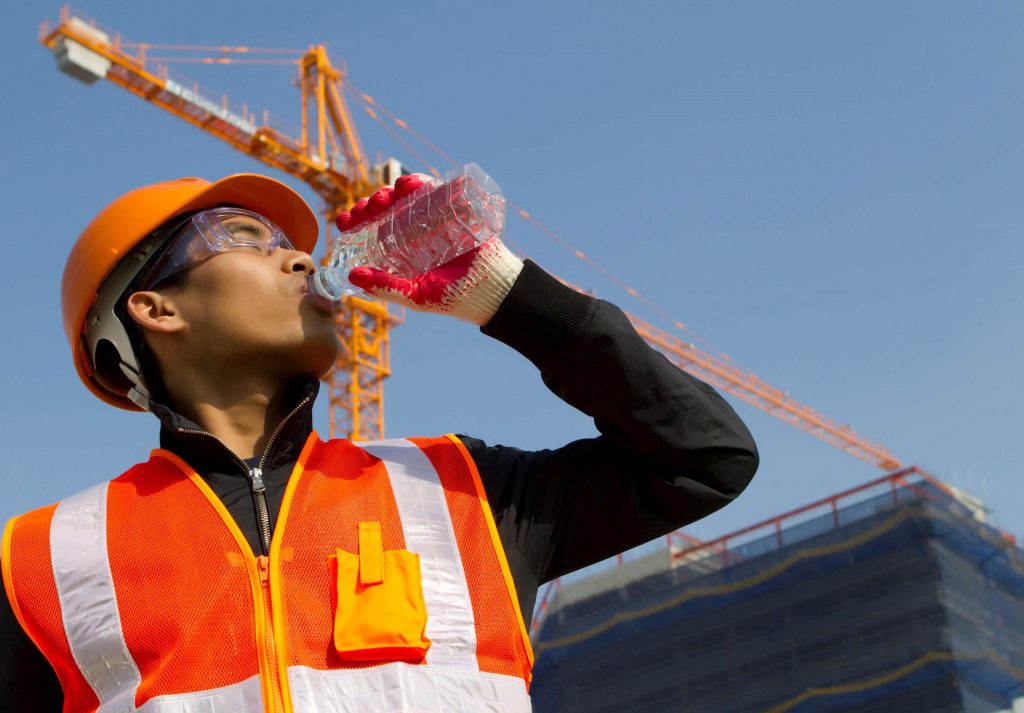Oregon OSHA has enacted two rules dealing with weather-caused heat exposure and exposure to smoke resulting from wildfires. There's no question that exposure to both of these can pose serious health hazards, and we would expect the likelihood of these problems to get worse over time.
The new OSHA rules require employers to monitor both heat and air quality. Once action levels are exceeded, employers must institute specific administrative and engineering controls. For heat exposure, employers must provide shade, water, and adjusted work/rest schedules. Smoke exposure can be controlled using respirators, air filtration systems, and suspending outdoor work operations depending on the level of risk. Both rules require employers to conduct risk assessments, provide training, and develop written policies and procedures.
OSHA rules have traditionally focused on hazards that arise due to work activities, but these new rules address hazardous conditions that also extend throughout the community. While OSHA doesn't regulate what we do outside of work, I would think that the emphasis on these topics in the workplace will lead people to make smarter choices for themselves and their families when exposed to these conditions during their free time.
OSHA Rules on Hold?
One other aspect to consider: OSHA's requirement to provide longer rest breaks as a means of protecting workers from heat is one of the key issues in a lawsuit from three industry associations who are asking a district judge in Medford to put a stay on these rules. One issue is the requirement to provide longer, paid rest breaks when the heat index (temperature and humidity) reaches a certain level.
While there is no question that compliance will reduce productivity for some employers during these weather events, so does non-compliance. Anyone who has experienced a heat event can tell you this, as can anyone in a sensitive group who has been exposed to high levels of wildfire smoke.
Next Steps
Even if the lawsuit succeeds in getting these rules withdrawn or amended, safety professionals need to take these risks seriously. One of the most important steps is creating awareness among workers. They need to know:
- The risks.
- Signs and symptoms of heat and wildfire smoke exposure.
- Health conditions that can increase their risks.
- How to use protective equipment and implement control measures.
Simultaneously, you want to develop a policy that specifies controls and provide workers with the resources needed to protect themselves.
If our goal in safety is to create work environments that we would be happy to work in, then preventing the acute effects of heat and the chronic effects of exposure to smoke particles needs to be a priority. The regulations provide important guidance.
